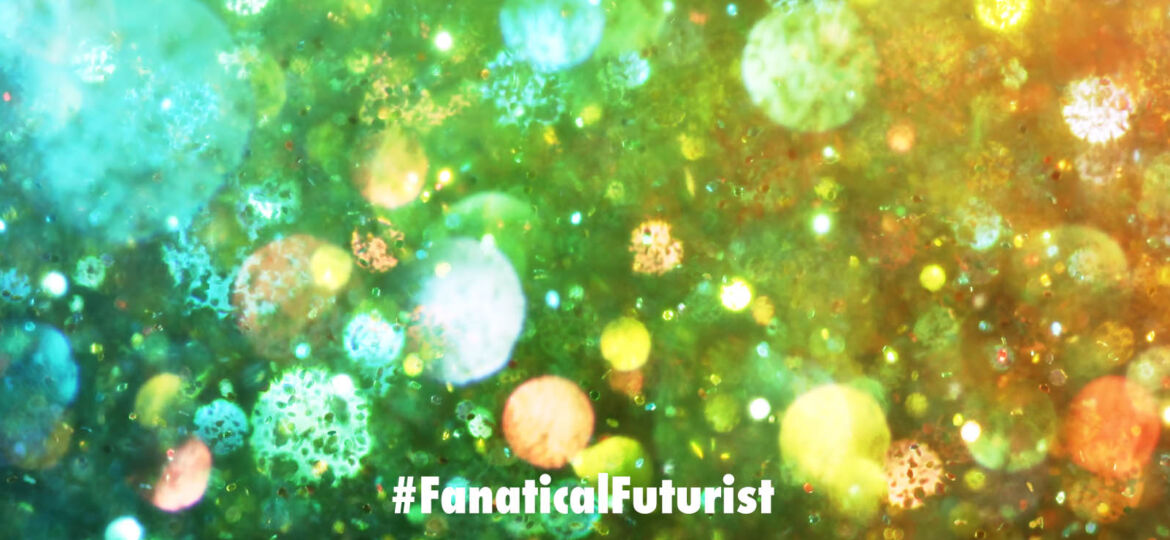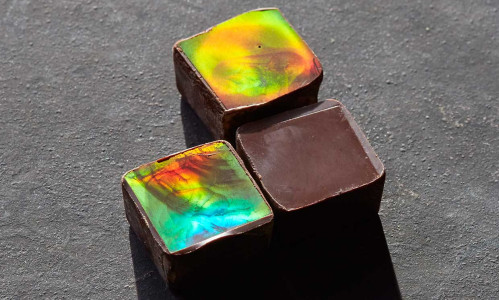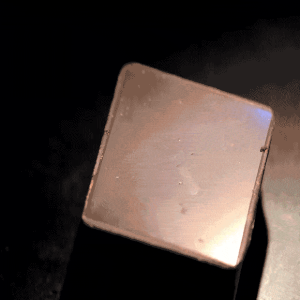
WHY THIS MATTERS IN BRIEF
Foods contain all kinds of harmful or questionable artificial colourings, by using this new manufacturing method those can all be eliminated.
 Interested in the Exponential Future? Join our XPotential Community, connect, watch a keynote, or browse my blog.
Interested in the Exponential Future? Join our XPotential Community, connect, watch a keynote, or browse my blog.
To date there have been all kinds of developments when it comes to the world of food, from the development of food that can be 3D printed in space and in restaurants, and food made from thin air, as well as dairy, fish, and meat produce made without the animals – something that one day could give rise to Panda and Zebra burgers. There’s now even “virtual” food. However, despite all these breakthroughs one type of futuristic technology has been notably missing from the equation – nanotech. But now in what could be a major breakthrough researchers at ETH Zurich have redressed the balance and have used the tech to develop a way of making chocolates shimmer with fantastic colour, all without the need for any colouring agents or other additives. Furthermore when you consider that elsewhere companies are using 3D printed materials, bio-engineered bacteria, colour changing inks, to eliminate the need to use polluting and toxic dyes to colour clothing with when it comes to creating new environmentally and healthier ways to colour our products, whatever those products might be, the future might be bright.
The project, announced in December, involves what the scientists call “structural colour”. The team indicated that it creates colours in a way similar to what a chameleon does – that is, using the structure of its skin to scatter a particular wavelength of light. The researchers have yet to release details, but Alissa Fitzgerald, founder of MEMS product development firm AMFitzgerald, has a pretty good guess.
Courtesy: ETH Zurich
She explains that iridescence in nature, like that inside oyster shells and on the wings of butterflies, involves nanoscale patterns in the form of lines, plates, or holes. To make iridescent chocolate, she surmises, the researchers likely created a nanotech chocolate mold, using E-Beam Lithography to etch lines of about 100 nm wide on a glass or silicon wafer.
The ETH researchers hope to get their technique for colouring chocolate out of the lab and into the mass market soon. Meanwhile, during the pandemic shutdown, some tech professionals have been playing with rainbow chocolates of their own, like software engineer and startup founder Samy Kamkar, recently profiled in the New York Times.
Chocolate is only the beginning for nanocolors, Fitzgerald says: “The combination of nano and micro-technology fabrication techniques with atypical materials like food, fabric, paper and plastic is going to lead to some really exciting new products as well as improve or enhance existing products. For example, Teijin Fiber Japan uses structural colour methods to make “Morphotex” fabric, named after the iridescent Morpho butterfly, recently demonstrated in the concept Morphotex Dress. Everyday objects are poised to benefit from advances in nanotechnology.”


















